When it comes to vehicle safety, very few components are as vital as the braking system. Among them, brake pads form the backbone of efficient stopping power. Selecting the right type of brake pad not only ensures smooth and reliable braking but also impacts maintenance costs, rotor health, driving comfort, and overall performance.
The most common dilemma faced by car owners and enthusiasts is Ceramic vs Semi Metallic Brake Pads. Each comes with its own advantages and trade-offs, and the right choice largely depends on your driving habits, vehicle type, and performance expectations.
This professional guide provides an in-depth breakdown of both brake pad types, covering composition, performance, cost, pros and cons, and suitability, to help you make a well-informed decision.
What Are Ceramic Brake Pads?
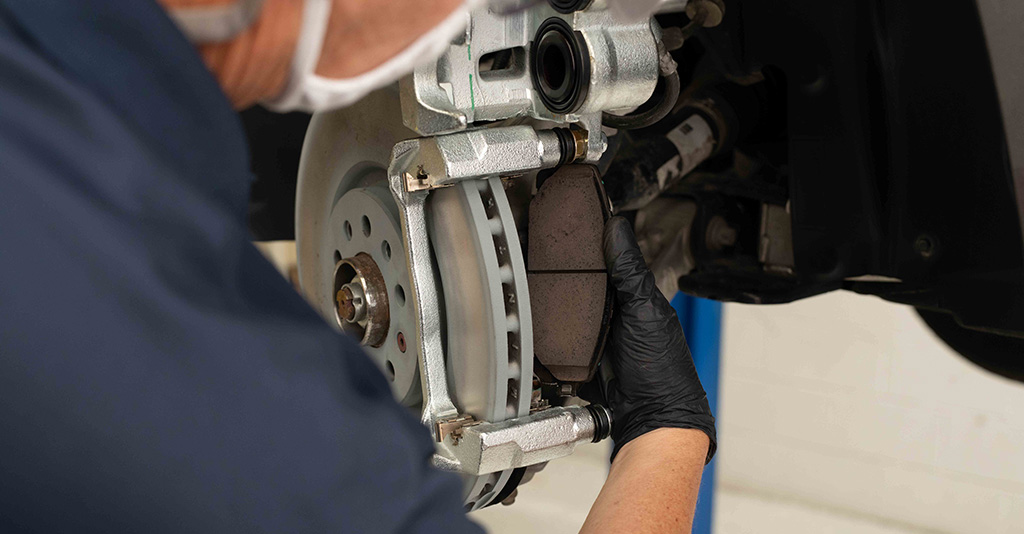
Ceramic brake pads are manufactured from a dense ceramic material reinforced with fine copper fibers. Introduced in the 1980s, they are now widely used in modern passenger cars and luxury vehicles.
Key Characteristics of Ceramic Pads:
- Exceptionally quiet performance with minimal vibrations
- Very low levels of brake dust, keeping wheels clean
- Long lifespan in normal city and highway driving
- Gentle on rotors, ensuring lower maintenance expenses
- Provide smooth, consistent stopping power in everyday conditions
Ideal For: Daily commuters, luxury vehicles, and drivers who prioritize comfort, durability, and low maintenance.
What Are Semi-Metallic Brake Pads?
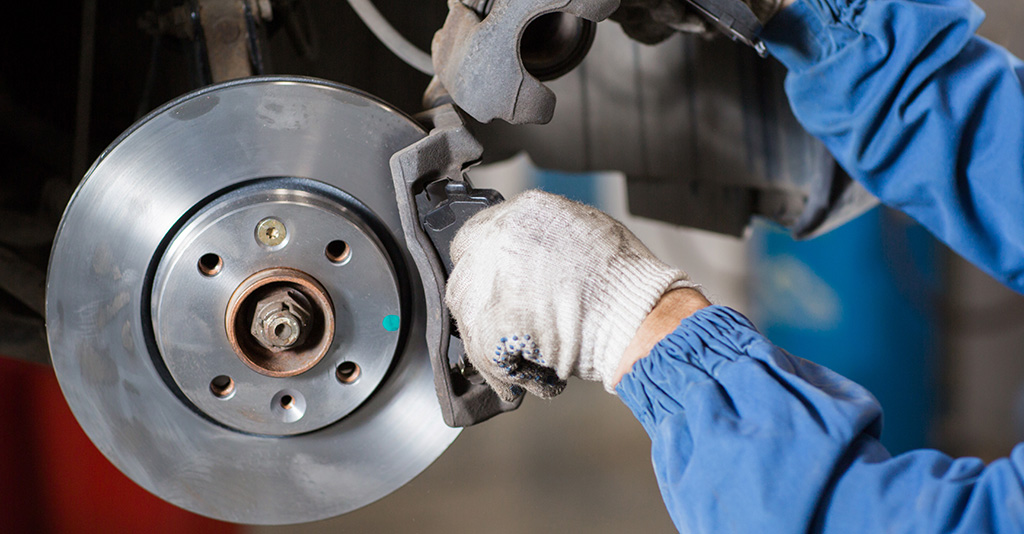
Semi metallic brake pads consist of 30–65% metallic content (steel, copper, or iron) mixed with synthetic resins. They are engineered for superior performance under demanding conditions and are often chosen for heavy-duty or performance-focused vehicles.
Key Characteristics of Semi-Metallic Pads:
- Excellent braking power with strong initial bite
- Superior heat resistance and thermal dissipation
- Effective in extreme driving situations such as towing, steep descents, or spirited driving
- More cost-effective upfront compared to ceramic pads
Ideal For: SUVs, trucks, performance cars, and vehicles subjected to frequent heavy braking.
How Do Brake Pads Work?
Brake pads convert kinetic energy into thermal energy through friction. When you press the brake pedal, hydraulic pressure forces the pads against the rotating rotor, generating friction that slows or stops the vehicle.
Choosing the right pad type determines:
- Braking efficiency under different conditions
- Noise and comfort levels during driving
- Rotor life and long-term maintenance costs
Advantages of Ceramic Brake Pads
- Extremely quiet operation – Designed to suppress vibrations and squealing, ceramic pads provide a smooth, silent braking experience.
- Minimal brake dust for cleaner wheels – Produce fine, light-colored dust that doesn’t stick easily, keeping alloy wheels cleaner for longer.
- Extended lifespan with predictable wear – Offers longer durability with consistent performance, reducing the frequency of pad replacements.
- Rotor-friendly, reducing replacement frequency – Gentle on brake rotors, preventing premature wear and saving money on costly disc changes.
Disadvantages of Ceramic Brake Pads
- Higher purchase cost – They typically cost more upfront than semi-metallic pads, making them less attractive for budget-conscious buyers.
- Not ideal for high-performance use – Lack the aggressive bite and heat handling required for track driving, towing, or very demanding conditions.
- Weaker performance in extreme cold – May take longer to reach optimal friction levels in freezing temperatures, slightly reducing braking efficiency.
- Longer break-in period – Requires careful usage during the first few hundred kilometers to achieve full effectiveness, unlike semi-metallic pads that settle faster.
Advantages of Semi-Metallic Brake Pads
- Strong braking power under stress – Provides excellent stopping force, making them highly reliable in heavy-duty and performance-oriented driving.
- Excellent heat management – Their metallic composition dissipates heat effectively, reducing the risk of brake fade during demanding conditions.
- Affordable upfront cost – Generally priced lower than ceramic pads, offering a cost-effective option for drivers prioritizing budget over refinement.
- Durability in extreme use – Perform consistently in high-load applications such as towing, hauling, or steep downhill driving.
Disadvantages of Semi-Metallic Brake Pads
- Louder and prone to brake noise – Tend to squeal or grind more than ceramics, which can be noticeable during city or stop-and-go driving.
- Significant brake dust accumulation – Produces darker, more visible dust that builds up quickly on wheels, requiring frequent cleaning.
- Accelerated rotor wear – The harder metallic material wears down brake discs faster, increasing long-term maintenance costs.
- Reduced comfort in light driving – Can feel harsher and less smooth compared to ceramics, especially during normal daily commutes.
Quick Comparison Ceramic vs Semi Metallic Brake Pads
|
Feature |
Ceramic Brake Pads |
Semi-Metallic Brake Pads |
|
Noise Level |
Very Quiet |
Moderate to Loud |
|
Brake Dust |
Minimal |
High |
|
Lifespan |
Long (50,000–60,000 km) |
Moderate (30,000–40,000 km) |
|
Rotor Wear |
Low |
Higher |
|
Heat Resistance |
Moderate |
Excellent |
|
Cost |
Higher |
Moderate |
|
Best For |
Urban & highway driving |
Heavy-duty & performance driving |
Cost Breakdown Ceramic vs Semi Metallic Brake Pads
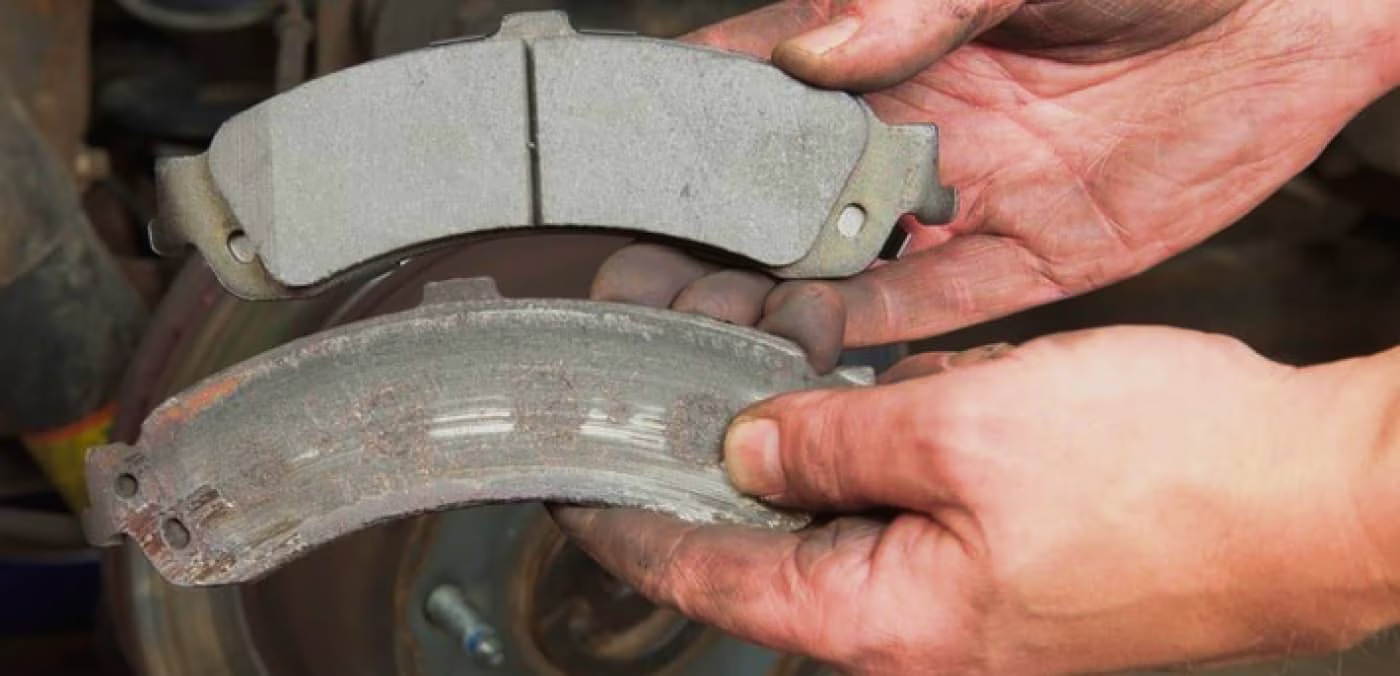
Ceramic pads carry a higher initial investment but offset costs with extended life and reduced rotor damage. Semi-metallic pads, though affordable, often require more frequent replacements and maintenance.
Adjusted Estimate
Based on real listings in 2025, more realistic ranges might be:
| Type | Estimated Price Range per Set (India, 2025) |
|---|---|
| Semi-Metallic | Rs.1,500 – Rs.6,000 for most passenger vehicle pads of decent quality |
| Ceramic | Rs.2,500 – Rs.12,000 depending on brand, quality, and vehicle model |
When to Choose Ceramic Brake Pads
Choose ceramic brake pads if you:
- Drive a luxury or mid-segment car
- Value quiet, comfortable braking
- Want cleaner wheels with less dust
- Prefer long-term cost savings
- Drive primarily in city or highway settings
When to Choose Semi-Metallic Brake Pads
Choose semi-metallic brake pads if you:
- Own a truck, SUV, or performance vehicle
- Regularly tow, haul, or drive in hilly regions
- Require maximum stopping power under load
- Face high-temperature braking conditions
- Want a budget-friendly upfront option
Tips and Tricks to Extend Brake Pad Life
- Replace brake pads in pairs for balanced performance
- Practice progressive braking instead of sudden stops
- Inspect rotors and calipers during servicing
- Follow the break-in process after installation
- Replace brake fluid every 2–3 years
- Address squealing or grinding sounds promptly
Conclusion Which Brake Pads Are Best for You?
The choice between Ceramic vs Semi Metallic Brake Pads is not about superiority but suitability.
- Ceramic pads: excel in everyday driving, offering quiet, clean, and consistent performance with reduced rotor wear.
- Semi metallic pads: dominate in high-demand environments, delivering powerful braking for heavy vehicles, performance cars, and extreme conditions.
If your priority is comfort, cleanliness, and long-term savings, ceramics are the right fit. If your need is raw stopping power, heat resistance, and affordability, semi-metallics are the smarter choice.
Read Also This |
|
|---|---|
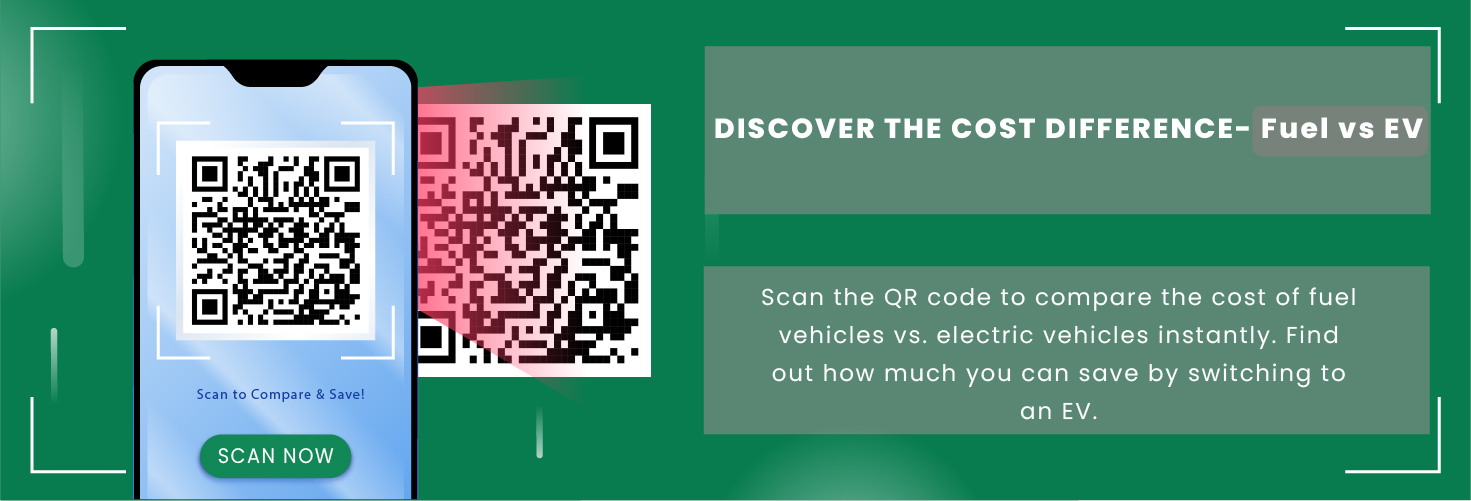
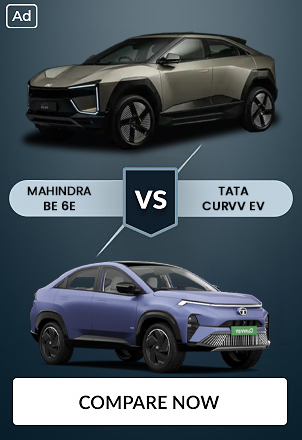
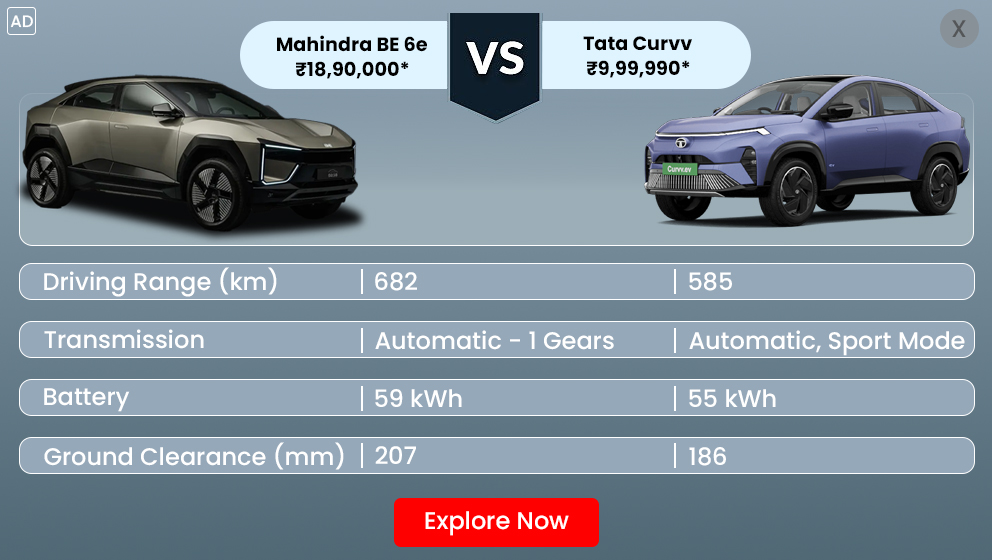

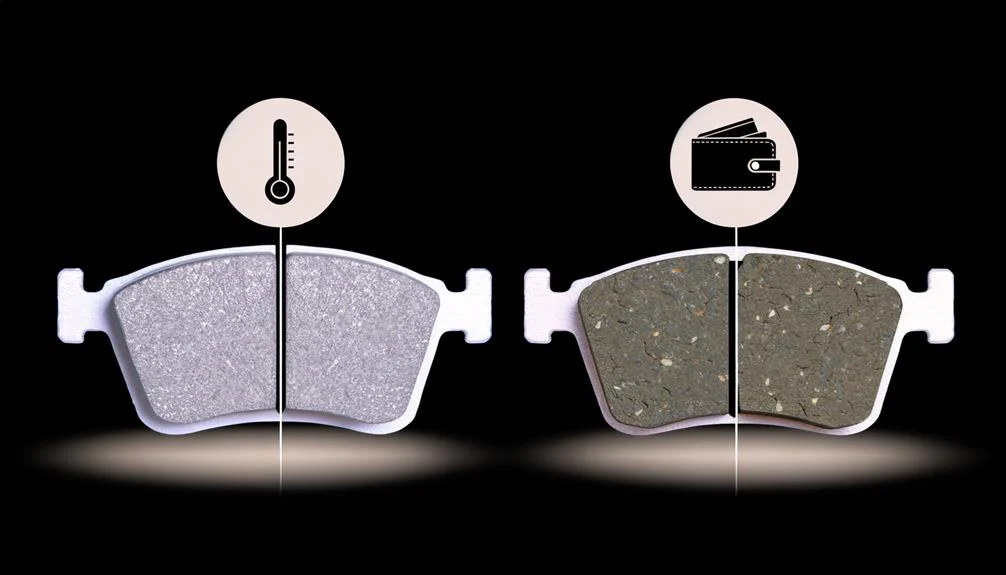



_1766129034.webp)
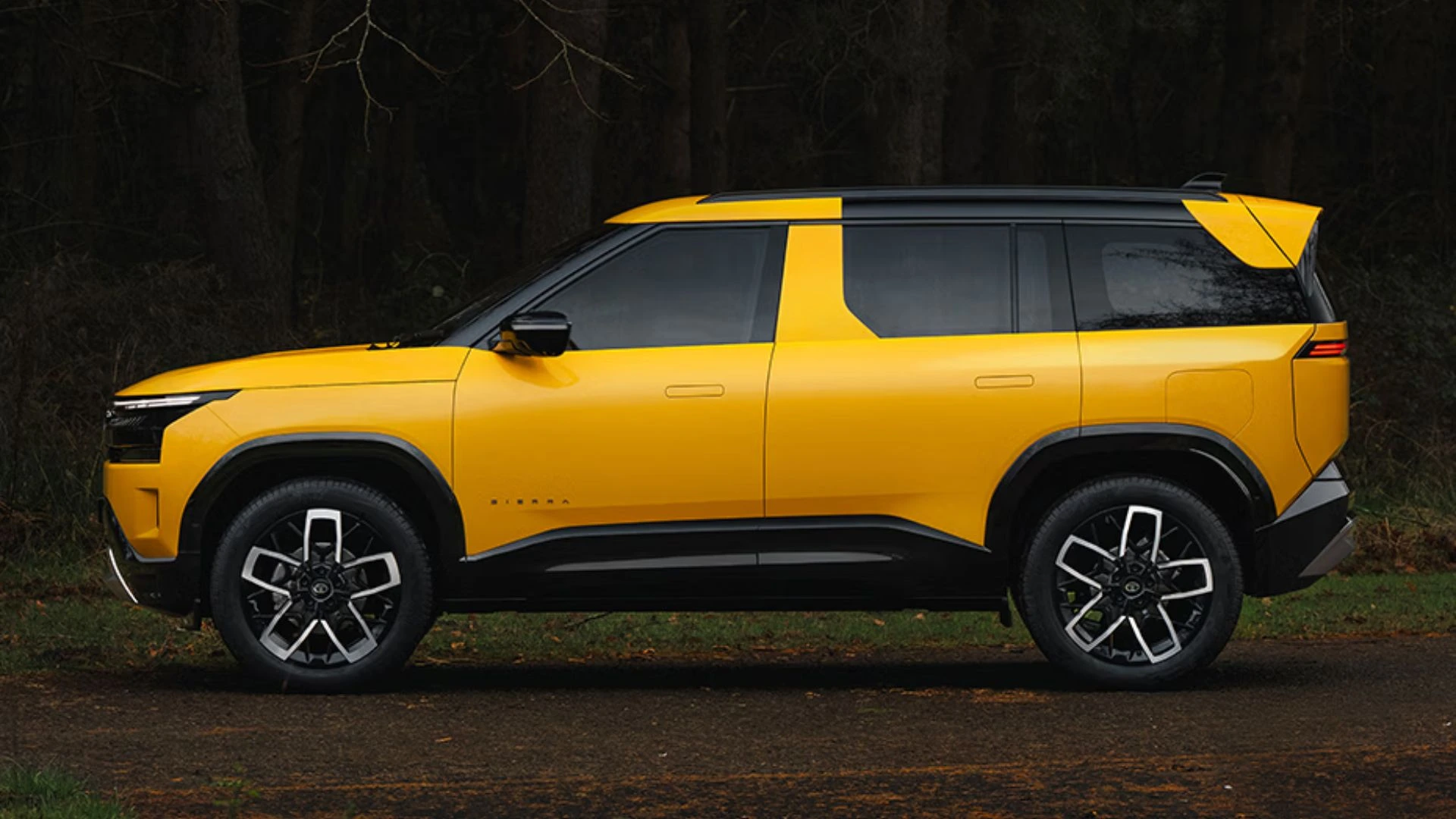
 Positioning Affordable 7-seat_1766042570.webp)